- Learning time
- 60 minutes
- First play time
- minutes
The Voyages of Marco Polo
Designed by: Daniele Tascini,Simone Luciani
The Voyages of Marco Polo recreates four years in the young explorer’s life, when he travelled from Italy to China with his father and brother. You, the players, will emulate his journey, potentially taking different routes and doing some trading along the way.
The board shows a map of the Middle East, with players starting in Venice and theoretically making their way to Beijing. However, such are the multitude of options in Marco Polo, you may decide to pretty much ignore travelling entirely, and simply trade instead. Or you may combine the two.
How the play progresses is through dice. Each player has their own set, and at the start of each of the five rounds, these dice are rolled. Players then, in turn, choose how to assign their dice on the board. There are various places to go, and each of them will get you something in return: camels and money both facilitate travelling, silk, pepper and gold (and camels) are all used to complete contracts. Completing contracts gets you rewards – often in the form of points, but usually something else too: money, or camels, or a free movement for your agent on the map.
Moving agents around is usually paid for with dice and money, and some particularly tricky bits of geography demand either camels to negotiate them, or more money (crossing the sea, for instance). If you’re first to reach a city, you get a bonus. Whether you get there first or not, you place a trading house in any city your agent stops in, and this gives you an additional option for your dice in future rounds – a place to turn your goods into points, or money. At the start of the game you’ll also be given some goal cards that reward you for reaching different places in the map, and getting to Beijing (i.e. completing Mr Polo’s journey) scores bonus points.
There’s one or two other things to consider – for instance, you can use a space an opponent has already occupied by paying money for the privilege (you can’t use a space you’ve already used yourself this round though) and the pip value on the dice inevitably play a part as well. Large numbers are better for some spaces, but there are also other spaces where a low number either makes no difference, or actually helps. Bonus dice are available as a result of completing certain actions and contracts, which you get to roll immediately and assign them somewhere. Or you can buy bonus dice, or change the value of your rolled dice, by paying camels, which appear to form a kind of universal-value abstract currency. And on top of all that, you’ll also be given a character card at the start of the game that gives each individual player a specific advantage.
The advantages of the characters vary wildly – one character can choose the value of his dice “rolls” for instance, whereas another gets an extra die and free contracts in each round. One character simply starts on the map in Beijing (securing a ten point bonus at the start of the game!) and doesn’t have to travel there from Venice. The character cards are more than just simple additions or gimmickry, they can directly influence your strategies in the game.
Overall The Voyages of Marco Polo is a very well-designed game that blends strategy with tactics – and of course, luck.
Joe says
I've not played, but I reckon I'd enjoy it - I love Castles of Burgundy.
The guru's verdict
-
Take That!
Take That!
It's not an overtly combative game, but repeat plays will show ways to mess with each other's plans - by taking spots first, by racing ahead on the map, by grabbing contracts you know somebody else wants.
-
Fidget Factor!
Fidget Factor!
Potentially high on a first play. And potentially high on subsequent plays, if you have someone prone to rumination. But it can also be played very fast, and although we've generalised the playtime as 90 minutes with 3 (and definitely two) players it can be a lot quicker. If you play five players it will probably be longer. But it's a far less intimidating game than it first appears.
-
Brain Burn!
Brain Burn!
The down-side of the way the dice work is that you may occasionally need to reconfigure you plan when your turn comes around. But it's not a game that feels lethargic at all - there are always options open to you.
-
Again Again!
Again Again!
There is a huge amount of re-playability in Marco Polo. City cards, goal cards, and dice are all random. Contracts are random. Players are random! And having tried it once you may want to work your way through the different character cards and see how their advantages give different experiences of the game.

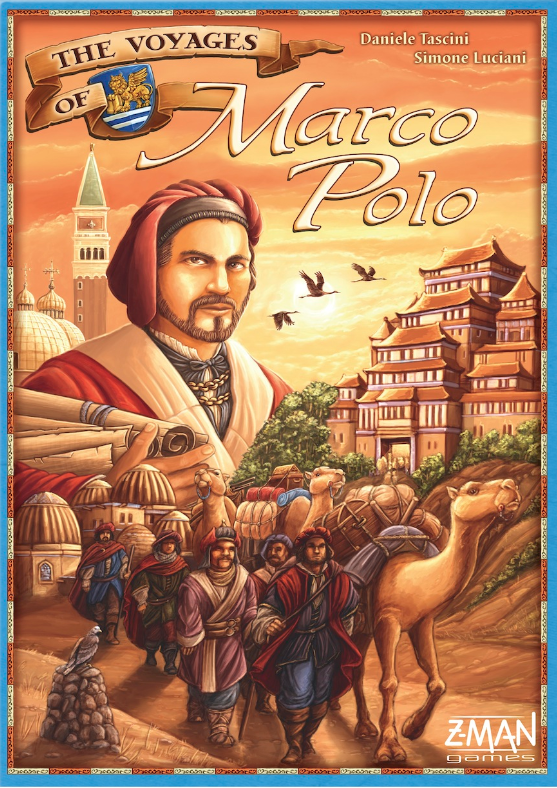
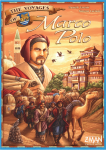
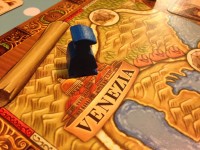
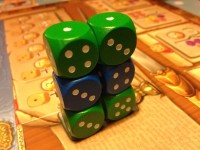
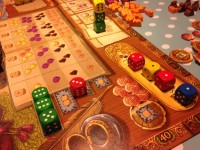
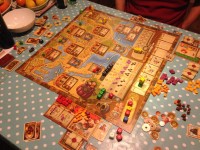


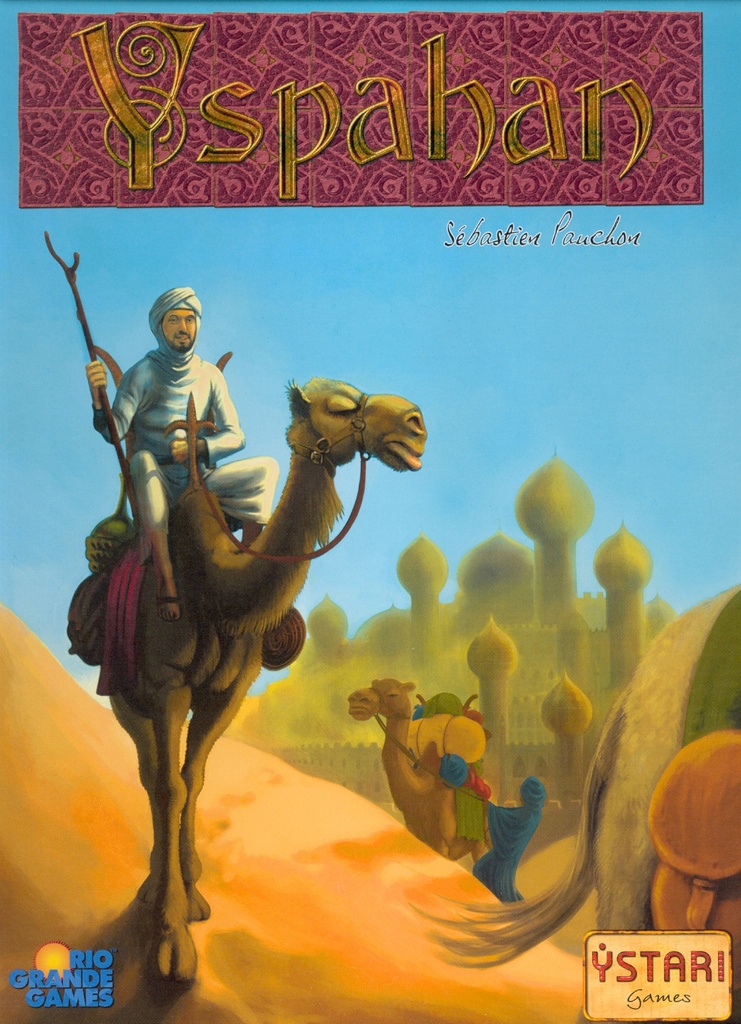
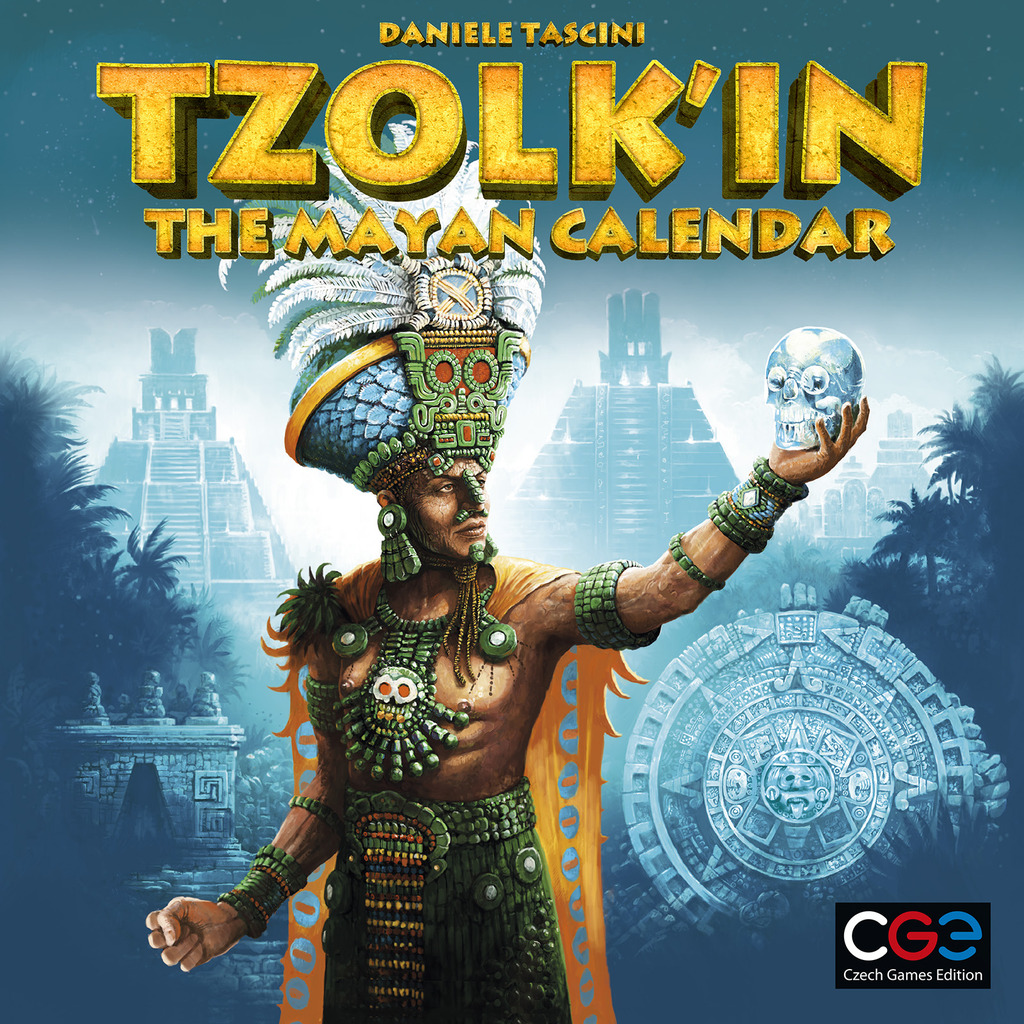
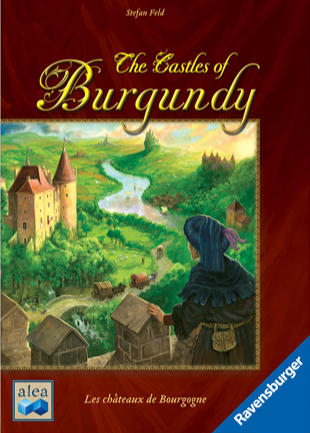
Sam says
My first game of Marco Polo I raced to Beijing whilst my opponent calmly completed contracts; and he finished with a substantial lead. I was concerned that the game was a simple turn-stuff-into-other-stuff exercise and as such, destined to go back to the shop. But our second game illustrated how the character cards really change things. I travelled to Beijing again, but this time balanced my travel with trading and started to get my head around how to link the games elements together more productively. Maybe it doesn't illuminate the character or history of Marco Polo - dice-based mechanics don't tend to ooze theme - but if you don't mind that, it's a great game.